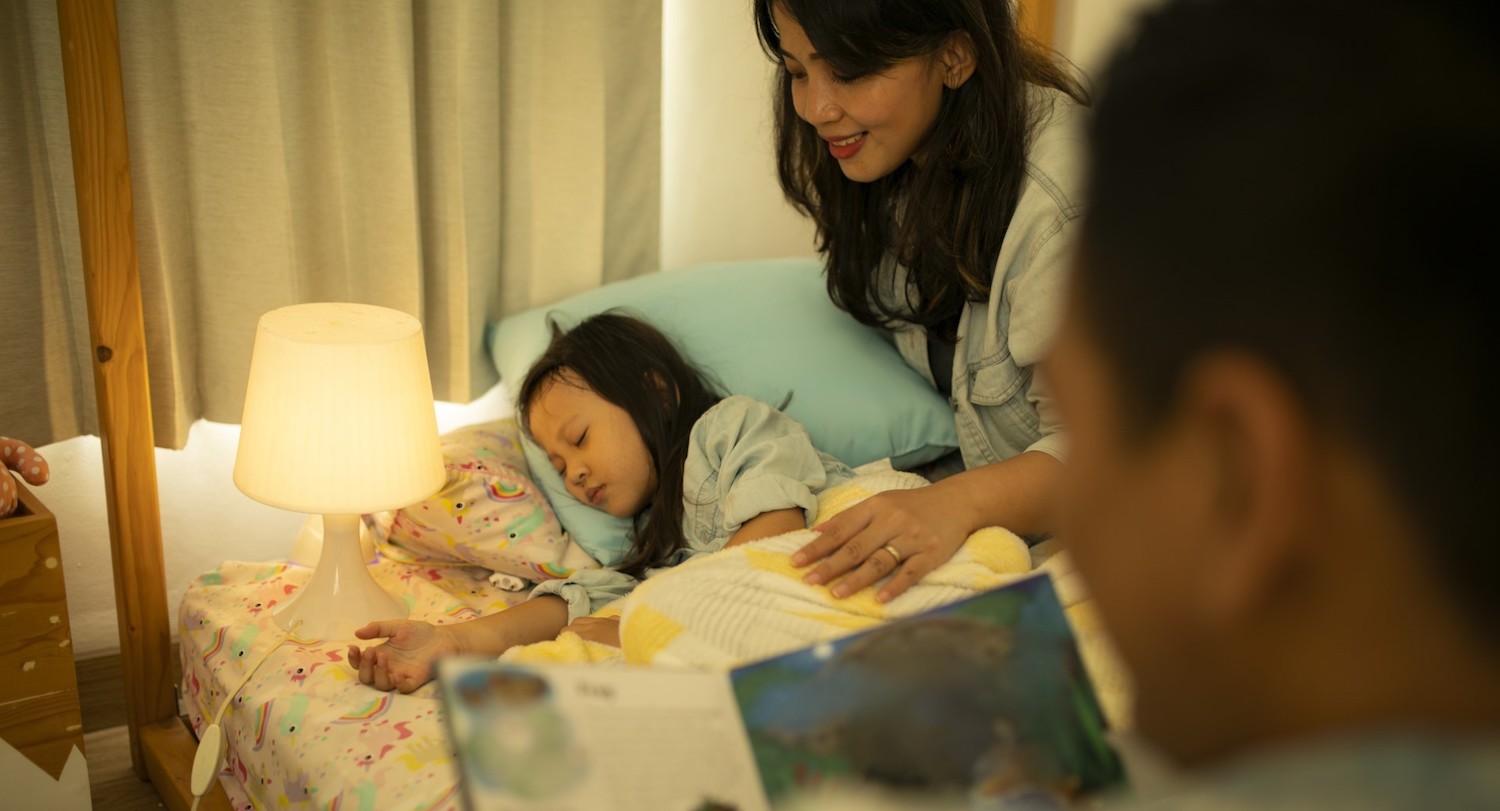
Sarah Burkart’s ‘aha!’ moment as a research scientist came several years ago while working on a project to promote physical activity among preschoolers.
“One of the teachers told me that we could keep trying to add more physical activity to the children’s routines, but if kids show up without enough sleep the night before, they’re not ready to learn and are generally not cooperative,” says Burkart, an assistant professor of exercise science in the Arnold School of Public Health. “She told me, ‘Maybe you should start thinking about things beyond physical activity.’”
Burkart took the teacher’s comment to heart, shifted her research focus to children’s sleep health and joined a team of USC researchers who take a holistic approach to promoting children’s well-being, including physical activity, nutrition, behavior and sleep.
What we heard is that sleep-deprived kids are missing out on academic content. Some of the teachers talked about behavioral concerns — not being able to interact well with their peers or with the teacher.
Sarah Burkart
Burkart is now hammering out the details of a sleep promotion intervention program aimed at assisting parents of preschool and elementary school students in a Midlands-area school district to develop routines that smooth the way toward bedtime on school nights. The study, funded by the university’s Research Center for Child Well-being and the National Institutes of Health, began with Burkart’s team asking teachers at the schools to describe the challenges of teaching young children who arrive at school with inadequate sleep.
“What we heard is that sleep-deprived kids are missing out on academic content,” Burkart says. “They’re sleeping through morning lessons or maybe they stay awake in the morning but end up sleeping through lunch and recess, so they’re missing out on nutrition and a time to be physically active. Some of the teachers talked about behavioral concerns — not being able to interact well with their peers or with the teacher.”
Parents told Burkart’s team what they want, mainly information about their children’s sleep needs and how to foster more of it, and what they don’t have time for — Zoom calls and in-person events.
“A lot of parents just want information about how sleep impacts their child’s day. Or maybe they’re having trouble setting up bedtime routines with their children,” Burkart says. “What we’re envisioning is a text message-based intervention where the parents get information that they can read at their own pace at a time that’s convenient for them.
“We’ll probably include short videos, infographics, things that are visually interesting and easy to digest and pair that with activities they can do at home such as books they can read with their children before bed. The idea is to foster removing screens from that bedtime routine and replacing them with more calm activities.”
While U.S. health agencies offer physical activity recommendations for children, there are no governmental sleep recommendations, Burkart says. Most of that information, she says, is generated by private organizations such as the National Sleep Foundation and the American Academy of Sleep Medicine, which recommend 9-12 hours of sleep for school-age children and 10-13 for preschoolers, including naptime.
Burkart’s pilot sleep promotion intervention is planned for the coming spring and a larger project, involving several more schools, is planned for fall 2024.